The Impact of Virtual Reality on Theater Performances
Over the past few years, virtual reality (VR) has had a transformative effect on a variety of sectors such as education, healthcare, real estate, and entertainment, to mention a few. Among these, theater performances are experiencing a massive shift due to this technological revolution. This article seeks to explore the profound ways VR is shaping theater production and performance.
VR Augments Theater Productions
One of VR's significant contributions to theater performances is the way it augments traditional productions. With Virtual Reality, the possibilities become boundless. Sets can be as elaborate or as simple as needed without requiring physical space or resources. Moreover, the audience can experience the story from multiple perspectives, deepening the immersion and enhancing the overall narrative.
Influence on Audience's Viewing Experiences
With the integration of VR technology into theater performances, the audience’s viewing experiences have evolved. VR allows audiences to be part of the production, stepping into the shoes of characters or viewing the narrative unfold from a unique perspective. This shift towards a more interactive and inclusive experience is dramatically transforming theater as we know it.
Transforming Artistic Performances and Narratives
At its core, theater is about storytelling. VR opens up new avenues for narrative exploration by destabilizing linear storytelling, fostering audience engagement, and enabling real-time, immersive experiences. This evolution has changed the definition of artistic performances, pushing the boundaries of what's possible in theater.
Challenges Faced by Theater Professionals
While VR offers immense potential, it also has its challenges. One of the significant obstacles theater professionals face is mastering the technology. The need to develop scripts built for VR engagements defines a new level of complexity. Additionally, budget constraints and apprehension from traditional theater audiences can pose their own set of challenges.
Future of VR in Theater
The trend of implementing VR in theater performances isn't slowing down. The potential for VR to break geographical barriers enhances accessibility, allowing individuals from various parts of the world to partake in theater experiences remotely. As technology matures and becomes more prevalent, we foresee an uptick in multifaceted, immersive theater performances reshaping the art form.
Can Traditional Theater Practices Withstand the Digitization Wave?
As we adapt to an increasingly digital world, it's legitimate to question the survival of traditional practices. While technology offers adaptations and new formats, the heart of theater—storytelling—will remain constant. The digitization wave represents an evolution, not an elimination of traditional theater, helping it reach a broader audience.
In conclusion, Virtual Reality has become a powerful tool enhancing and democratizing theater accessibility. As we continue to explore and refine this technology, we anticipate VR will not only change theater performances in different ways but also redefine what it means to be an audience.
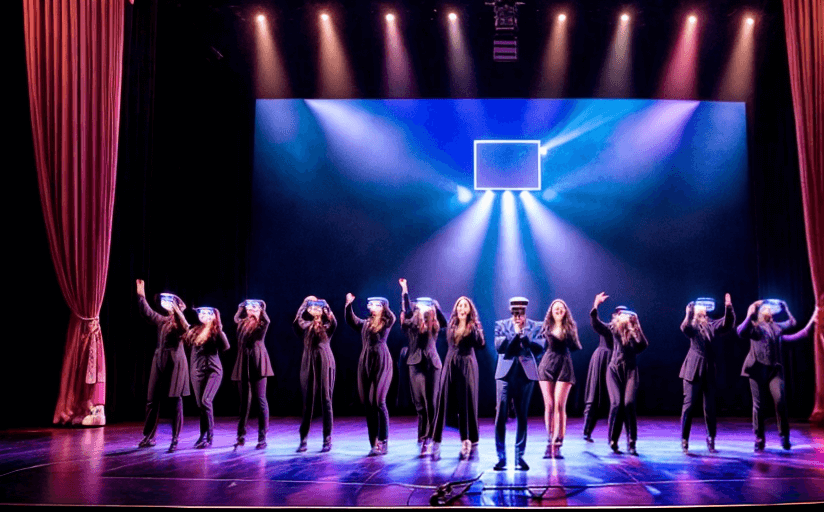


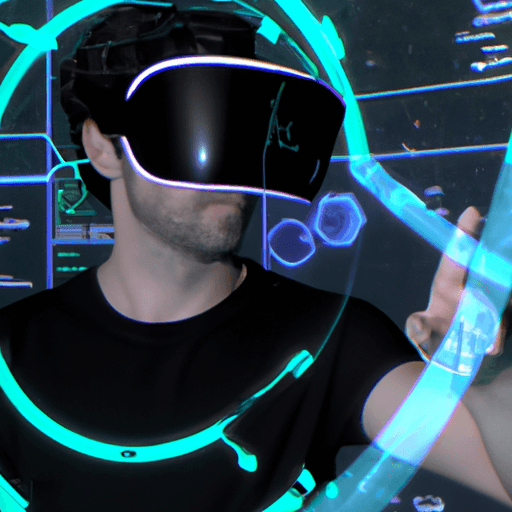
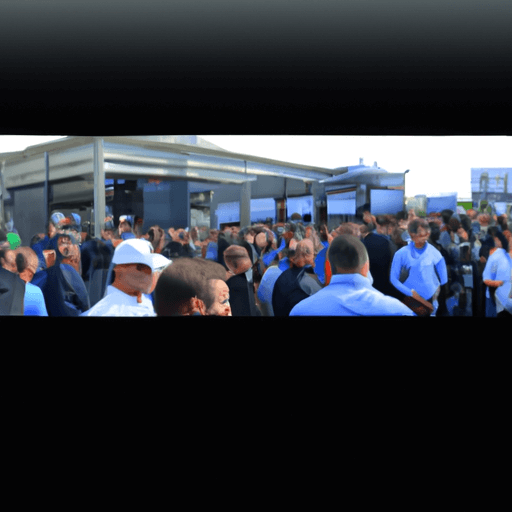

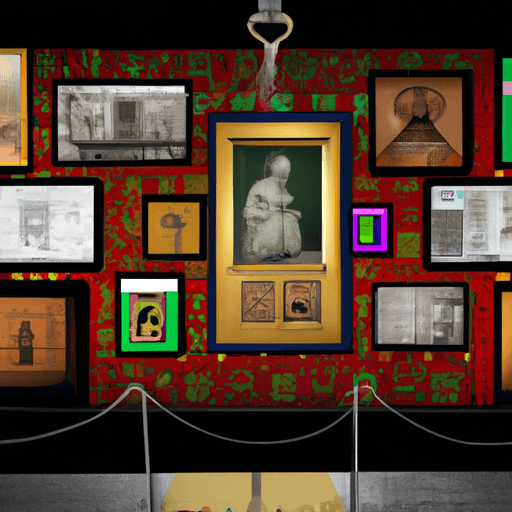



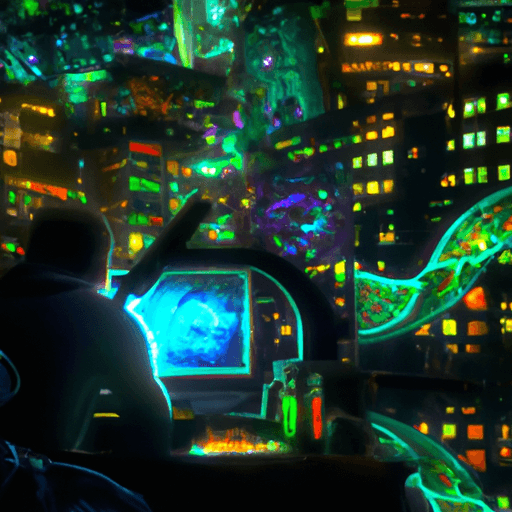







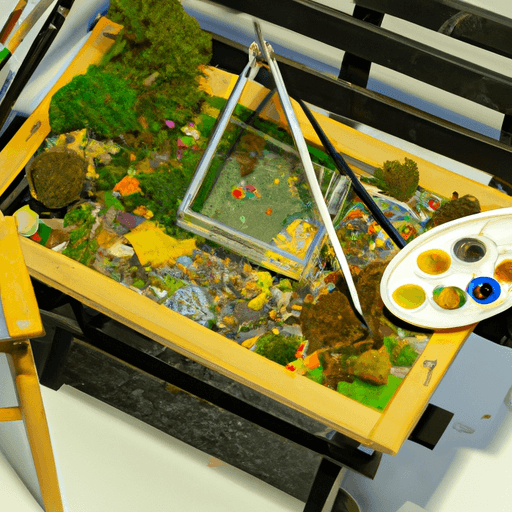
Comments
Leave a Comment